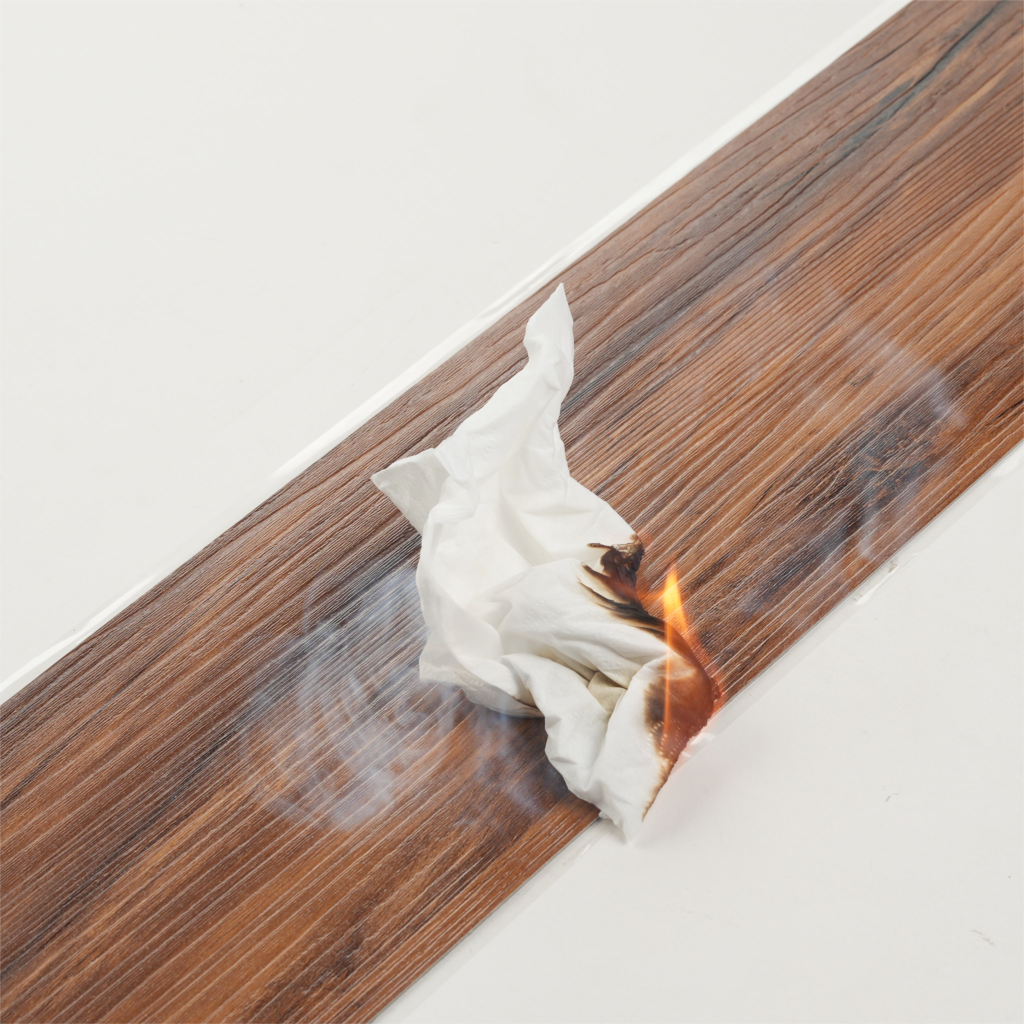 Introduction to PVC and Laminate Flooring
Introduction to PVC and Laminate Flooring
In modern interior design, flooring choices play a crucial role in both aesthetics and functionality. Two widely popular options are PVC flooring and laminate flooring, each offering distinct advantages suited to various preferences and needs. PVC, or polyvinyl chloride, is a synthetic material that has gained traction due to its durability and waterproof properties. Originally developed in the early 20th century, PVC flooring has evolved into a sophisticated product that is now commonly used in moisture-prone areas such as kitchens, bathrooms, and laundry rooms. Its ability to resist water and stains makes it an ideal choice for spaces that require a robust and low-maintenance solution.
On the other hand, laminate flooring consists of several layers bonded together, featuring a high-resolution photographic layer that replicates the look of natural materials like wood or stone. This characteristic has made laminate remarkably popular for living spaces that seek an elegant appearance without the cost associated with real hardwood or tiles. Introduced in the late 20th century, laminate flooring has developed into a versatile flooring solution that combines visual appeal with ease of installation. It is commonly used in living rooms, dining areas, and bedrooms where comfort and style are paramount.
Both PVC and laminate flooring come with their unique set of benefits and considerations, making them suitable for various applications across residential and commercial spaces. Understanding the fundamental differences between these two flooring types is essential for homeowners and designers alike, as it helps tailor flooring decisions to meet specific lifestyle needs. As we delve deeper into this comparison, we will explore the features, advantages, and limitations of each flooring type to assist you in making an informed choice for your home.
Durability and Maintenance Comparison
When considering flooring options for your home, durability and maintenance are two critical factors that can influence your decision. PVC flooring, also known as polyvinyl chloride flooring, is celebrated for its exceptional durability, especially in moisture-prone areas. It exhibits a remarkable resistance to water, making it an ideal choice for kitchens, bathrooms, and basements. This water-resistant nature significantly reduces the risk of warping and mold growth, ensuring that your flooring remains functional and aesthetically pleasing for an extended period. Additionally, PVC flooring is resistant to stains and does not easily scratch, which contributes to its long-lasting durability even in high-traffic areas.
Conversely, laminate flooring, while offering a beautiful appearance reminiscent of natural materials, tends to be less durable in specific conditions. It is generally more vulnerable to scratches and dents due to its composition, which consists of a core made from high-density fiberboard topped with a printed layer. Laminate flooring is not inherently water-resistant, and exposure to moisture can lead to swelling and damage. Therefore, it requires more attentive care during cleaning and maintenance to preserve its integrity over time.
In terms of maintenance practices, PVC flooring stands out for its ease of cleaning. Homeowners can maintain its shine and cleanliness with just a damp mop and regular sweeping. There is no need for specialized cleaning products, making it a practical choice for those who prefer straightforward upkeep. Laminate flooring, on the other hand, mandates a more careful cleaning regimen to prevent moisture damage. It is advised to use a vacuum or a soft broom and a damp cloth for spills, avoiding excessive water. Understanding these differences in durability and maintenance can significantly aid in selecting the flooring that aligns with your lifestyle and preferences.
Aesthetic Appeal and Design Versatility
When considering flooring options, aesthetic appeal and design versatility play a crucial role in selecting the right material for your home. Both PVC flooring and laminate flooring offer a range of styles, colors, and textures, catering to diverse tastes and interior design themes. PVC flooring is celebrated for its innovative and modern designs, featuring vibrant colors and patterns that can enhance the ambiance of contemporary spaces. It provides a sleek look that can complement a variety of decor styles, from minimalist to industrial.
On the other hand, laminate flooring is renowned for its ability to mimic the appearance of natural materials, such as hardwood and ceramic tile, with unparalleled realism. The variety of laminate options available, including various finishes and grain patterns, allows homeowners to create warm, inviting environments reminiscent of traditional wood floors or sleek, cool spaces reflective of modern tiles. This resemblance to genuine materials comes without the associated costs of real wood or stone, making laminate an attractive choice for those seeking aesthetic appeal on a budget.
Furthermore, both flooring types have made significant strides in design versatility, with options that can elevate the overall look of any room. For instance, PVC flooring can be found in geometric designs and bold hues that make a statement in spaces like kitchens and living rooms. Meanwhile, laminate flooring offers classic styles that can provide an elegant touch to dining areas or bedrooms, effectively enhancing the home’s decor. Ultimately, the choice between PVC and laminate flooring hinges on the desired aesthetic outcomes and personal preferences, ensuring that whichever material is selected aligns harmoniously with the existing home environment.
Cost Considerations and Final Recommendations
When evaluating flooring options for your home, cost emerges as a pivotal factor in the decision-making process. Both PVC flooring and laminate flooring offer distinct financial advantages, which can significantly influence your choice based on your budget. Generally, the cost per square foot for PVC flooring ranges from $2 to $5, while laminate flooring typically falls between $1 and $3. Installation expenses can also differ; PVC flooring may require specialized installers, which can elevate labor costs, while laminate can often be a DIY-friendly option, lowering overall expenses.
An essential aspect to consider is the long-term value of each flooring type. PVC flooring is known for its durability and resistance to moisture, making it an excellent choice for areas prone to spills or humidity, which can lead to higher maintenance costs for laminate flooring over time. Conversely, laminate flooring, while initially cheaper, may necessitate more frequent replacement due to wear and tear, ultimately affecting its long-term cost viability.
Consideration of environmental conditions in your home is crucial as well. If you live in a high-traffic area or have children and pets, the resilience of PVC flooring may prove advantageous. On the other hand, if your budget is limited and aesthetics are a priority, laminate flooring can provide a visually appealing solution without a hefty price tag.
In conclusion, the decision between PVC flooring and laminate flooring should blend initial investment and ongoing maintenance costs. Both options have their strengths depending on specific needs and conditions. An informed choice, balancing short-term budget constraints with long-lasting durability and personal style preferences, will ultimately yield the best flooring solution for your living space.



